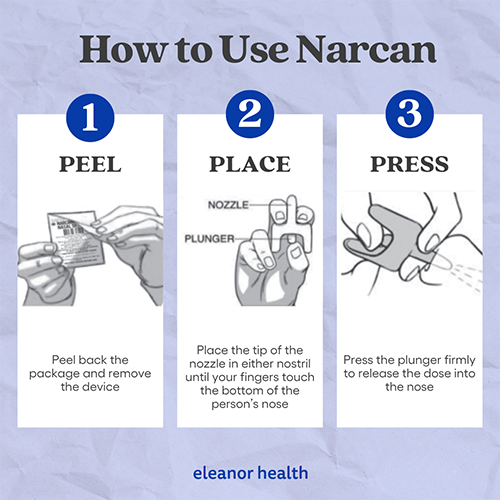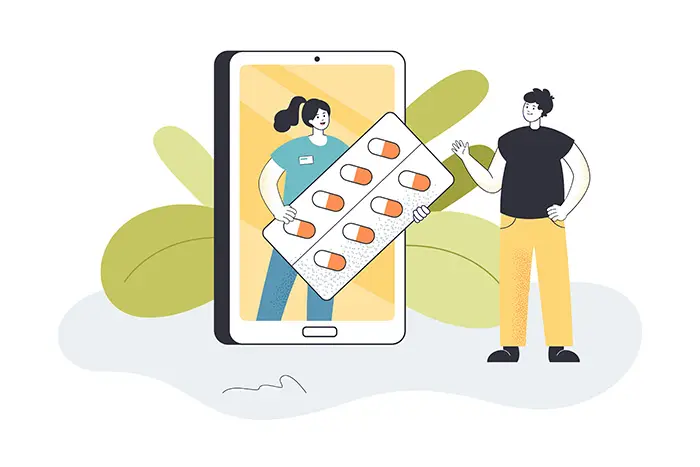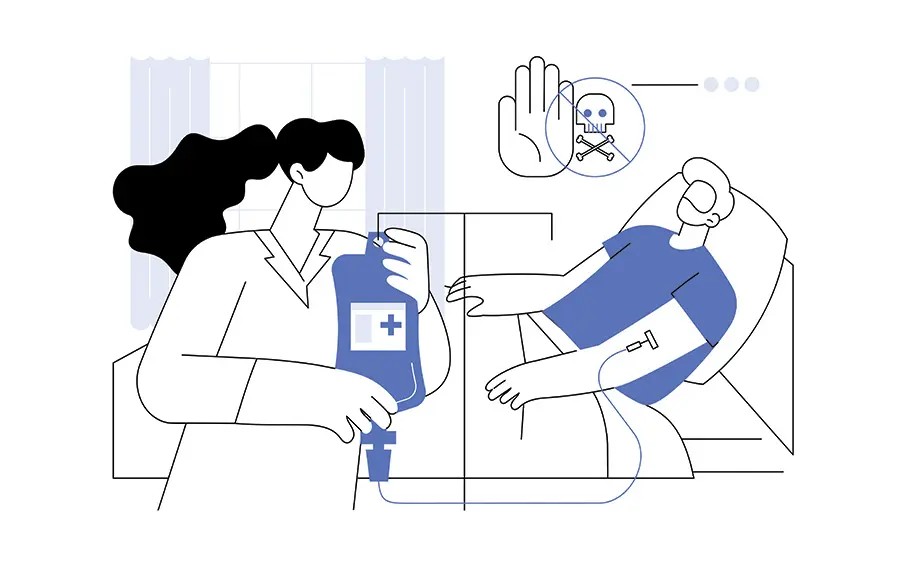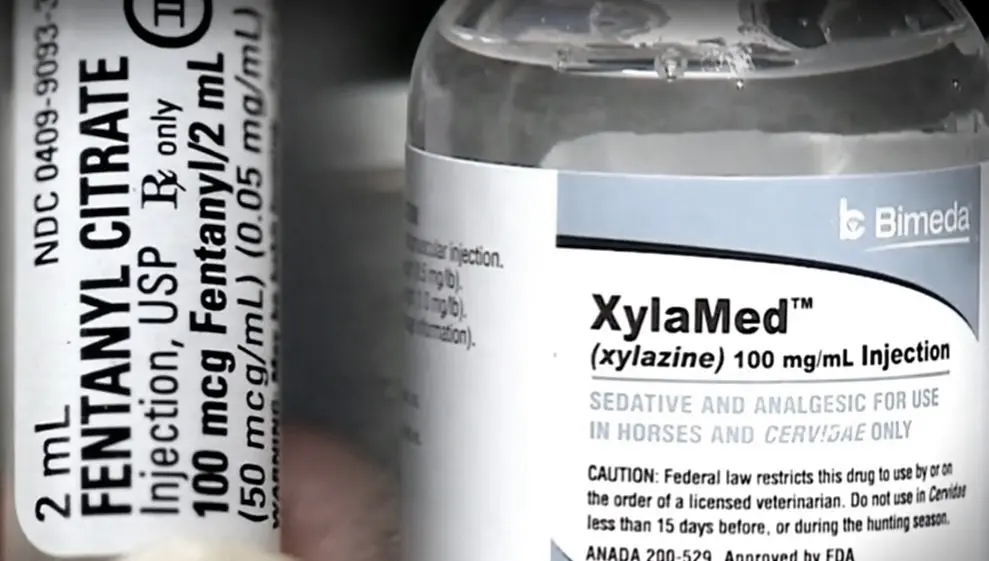In recent years, the addiction crisis has intensified dramatically, marked by a significant increase in opioid overdoses—a troubling trend that goes beyond mere statistics to affect real lives and communities. At the forefront of combating this crisis is a life-saving medication: Narcan (Naloxone). Today, we’re taking a closer look at Narcan, detailing its nature, the vital role it plays in reversing opioid overdoses, and how it can be effectively used in critical situations. By understanding Narcan’s impact and usage, we can better equip ourselves to respond to this ongoing public health emergency.
Narcan, a brand of Naloxone, is an opioid antagonist that serves a crucial purpose in public health. When someone overdoses on opioids, these drugs can slow or stop breathing, with potentially fatal consequences. Narcan reverses this by rapidly binding to opioid receptors in the brain, blocking the effects of opioids like heroin, morphine, and oxycodone. This fast-acting medication is an invaluable tool in emergencies, where every second counts.
In addition to Narcan, other brands like Evzio provide the same life-saving benefits. The increasing use of Narcan and similar drugs shows that more people understand how important they are for saving lives during the opioid crisis.
Despite its life-saving capabilities, Narcan’s widespread availability has sparked much debate. Some critics argue that providing easy access to Narcan could potentially encourage even more risky opioid use with the assumption that there’s a readily available antidote and nothing to fear.
Healthcare professionals and addiction experts mostly disagree with this view. The American Medical Association (AMA) and other health authorities advocate for the broad availability of Narcan, citing its effectiveness in preventing fatal overdoses. Studies, like one published in the Annals of Internal Medicine, have shown that increased access to Naloxone is associated with a significant decrease in opioid-related deaths. Most medical experts agree that Narcan is important for reducing harm and its ability to save lives is more important than worries about its misuse.

Recognizing an opioid overdose is a critical first step. Key symptoms include severe drowsiness, slowed breathing, or loss of consciousness. In any of these situations, immediate action can be life-saving. The first and most important step is to call 911 for emergency assistance.
Narcan is available as a nasal spray or an injectable solution. The nasal spray is often preferred because it’s easy to use, especially for non-medical personnel. Once administered, Narcan acts swiftly, typically showing effects within minutes. This rapid response is vital in reversing the life-threatening symptoms of an opioid overdose.
Generally, Narcan is safe and well-tolerated. It can, however, cause withdrawal symptoms in individuals who are dependent on opioids. These withdrawal symptoms, though uncomfortable, aren’t life-threatening. They’re also a sign that the Narcan is working. Healthcare providers emphasize that the potential for withdrawal symptoms shouldn’t halt the use of Narcan in an emergency.
Yes, Narcan is designed for easy use by anyone, making it a valuable tool in emergencies. It comes with instructions that are straightforward and easy to follow. The nasal spray is designed for public use and requires no medical expertise. Training sessions are often available through community health organizations, providing hands-on practice and additional information. These training sessions, however, aren’t a prerequisite to using Narcan in an emergency. The goal is to make Narcan accessible to everyone, as bystanders are often the first responders in overdose situations.
Narcan is widely available and can be obtained in several ways. Most pharmacies stock Narcan, and in many places, it can be purchased without a prescription. This over-the-counter availability is part of the effort to make Narcan as accessible as possible. Community organizations like Naloxone for All distribute Narcan, often for free or at a reduced cost. Health departments and harm reduction programs also frequently offer Narcan, along with training on how to use it. Some states have standing orders that allow individuals to obtain Narcan directly from pharmacies without an individual prescription.
Narcan typically begins to work within two to five minutes after administration. How fast it works depends on several factors, including the type and amount of opioids in the system and the individual’s metabolism. In some cases, especially with potent opioids like fentanyl, it may be necessary to administer multiple doses of Narcan. If the individual doesn’t respond within a few minutes, administering an additional dose is recommended.
Yes, Narcan can be used during pregnancy. In an emergency, Narcan’s ability to save a life outweighs potential risks. But, it’s crucial to inform medical professionals if the person is pregnant. The information helps ensure appropriate follow-up care for both the mother and the unborn child. While Narcan itself isn’t harmful to the fetus, the reversal of opioid effects can cause stress. Healthcare providers can offer additional support and monitoring in these cases.
Administering Narcan to a person not experiencing an opioid overdose typically has no significant effects. Narcan specifically targets opioid receptors in the brain. If no opioids are present to be displaced, Narcan simply has nothing to act upon. This safety profile underscores why it’s widely recommended for use in suspected opioid overdoses, even if there’s uncertainty about the presence of opioids. The lack of harm in such situations makes Narcan an incredibly safe intervention in emergencies. This is especially comforting in urgent, stressful situations where it’s not clear why someone is showing certain symptoms and quick action is needed.
With its ease of use, accessibility, and rapid action, Narcan is a critical tool in emergencies. The ability to administer Narcan by anyone, its availability in pharmacies and through community organizations, and its safety profile underscore its importance in tackling the opioid crisis. While it’s a powerful tool for saving lives, it’s also a reminder of the need for ongoing education, support, and resources in addressing opioid addiction and overdose. Access to Narcan, coupled with training and awareness, can make a significant difference in communities affected by the opioid epidemic.
For more information on managing opioid addiction and overdose prevention, as well as resources for Narcan training and education, visit Eleanor Health. Remember, understanding and having access to Narcan can be lifesaving in an opioid emergency.
 Medications for Addiction Treatment: The Complete Guide
Medications for Addiction Treatment: The Complete Guide
 What is Medical Detox?
What is Medical Detox?
 The Growing Threat of Xylazine: The Zombie Drug
The Growing Threat of Xylazine: The Zombie Drug